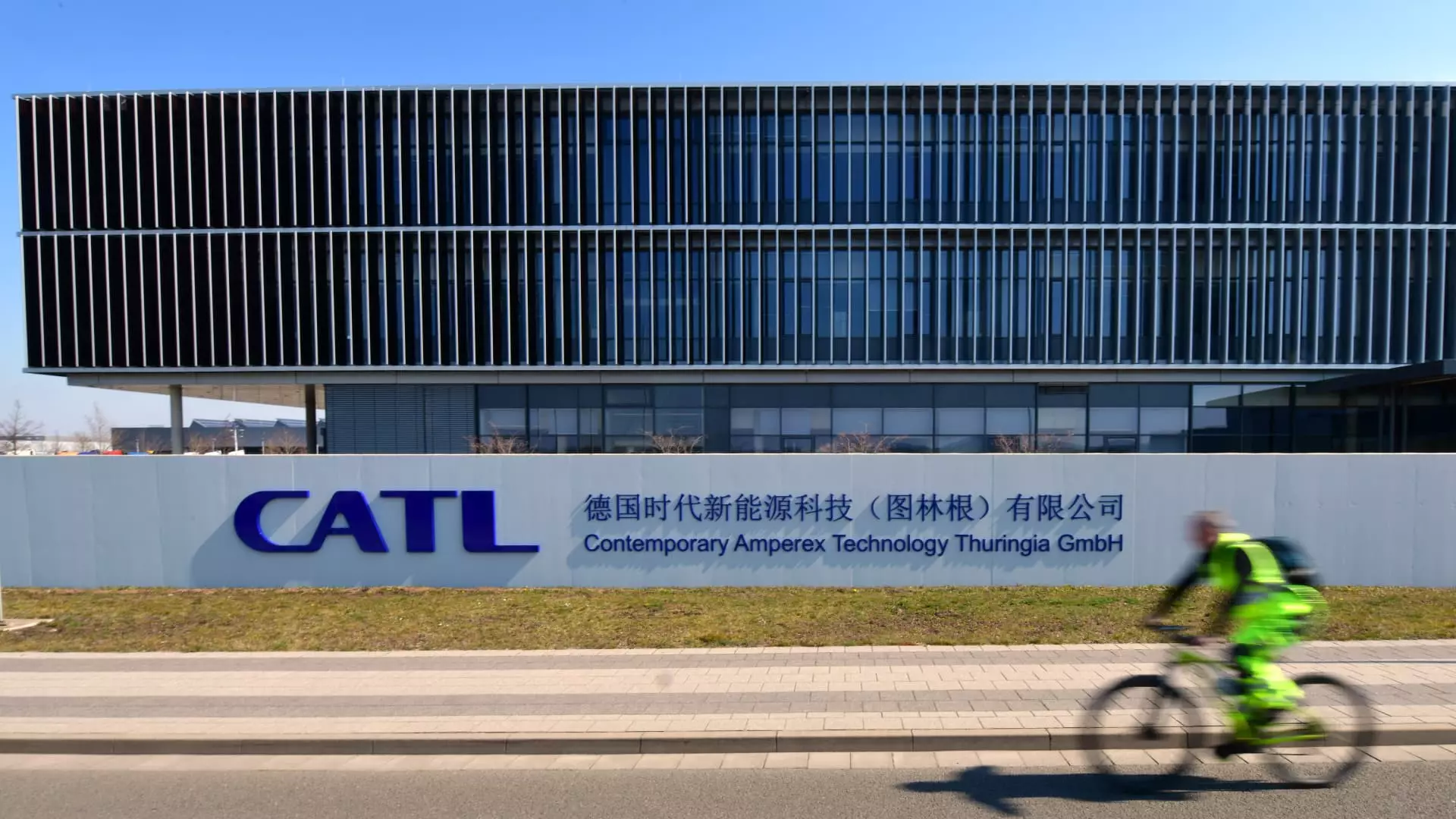Contemporary Amperex Technology Co., Limited (CATL), the titan of the electric vehicle (EV) battery market, has reported a staggering 9.7% decline in its annual revenue for 2023. This marks a serious shift for a company that had previously enjoyed unfettered growth since its inception. The revenue figures revealed in a recent stock exchange filing underscore a challenging reality: the battery sector is now embroiled in an aggressive price war, primarily fueled by an explosion of electric vehicle offerings in China’s burgeoning market. With revenues clocking in at 362 billion yuan ($50.01 billion), this downturn is particularly striking as it comes just shy of analysts’ hopes, which sat at around 368.7 billion yuan.
Profits Amidst Declining Sales
Despite falling revenues, CATL’s net profit soared by a remarkable 15% year-over-year to reach 50.74 billion yuan, creating a perplexing juxtaposition between profitability and revenue decline. This raises essential questions: how can a company generate higher profits while selling less? The answer lies in CATL’s ability to streamline operations and cut costs amidst increasing competition. Nevertheless, this paradox might signal to investors that the EV battery landscape is not merely an avenue for endless growth but rather a battleground riddled with challenges many haven’t anticipated.
The Danger of Market Dominance
With a dominant 45% share in China’s EV battery market, CATL isn’t just facing newfound market pressures; it’s grappling with the existential threat that comes from over-reliance on its domestic customer base. Key clients like Tesla, Volkswagen, and NIO depend on CATL for their battery needs, but the rapid EV adoption—which saw a stunning 40% increase in sales to 11 million vehicles in 2024—could also invite more competitors to the market. As more players enter the fray and undercut prices, the erosion of profit margins may prove detrimental. It begs the question: is CATL’s position as the industry leader sustainable, or are we witnessing the onset of its decline?
Geopolitical Pressures Amplifying Risks
Adding another layer of complexity to CATL’s situation is the increasing geopolitical scrutiny it faces. Recently, the U.S. Department of Defense branded CATL as a “Chinese military company,” a label the company fervently denies. As global tensions rise and trade barriers potentially increase, such designations may further cost the company its market share and partnerships abroad. The implication of future viability becomes apparent: can CATL adapt its business model to circumvent these global hazards? With planned investments in Hungary and Spain aimed at establishing a foothold in Europe and diversifying its risk, the company seems to understand that clinging to domestic operations could spell doom.
Charting a Course Through Turbulent Waters
The electric vehicle industry’s future remains lit with potential, yet the turmoil experienced by CATL is a crucial warning siren for stakeholders and competitors alike. The era of unchecked growth may be over—what lies ahead could be a more tempered, cautious approach where adaptability will be key. For CATL, the challenge is now two-fold: How to innovate while navigating an increasingly treacherous landscape, and whether it can maintain its position without compromising its essence. In a world where even giants can falter, resilience combined with foresight may be the only guarantee of survival.

